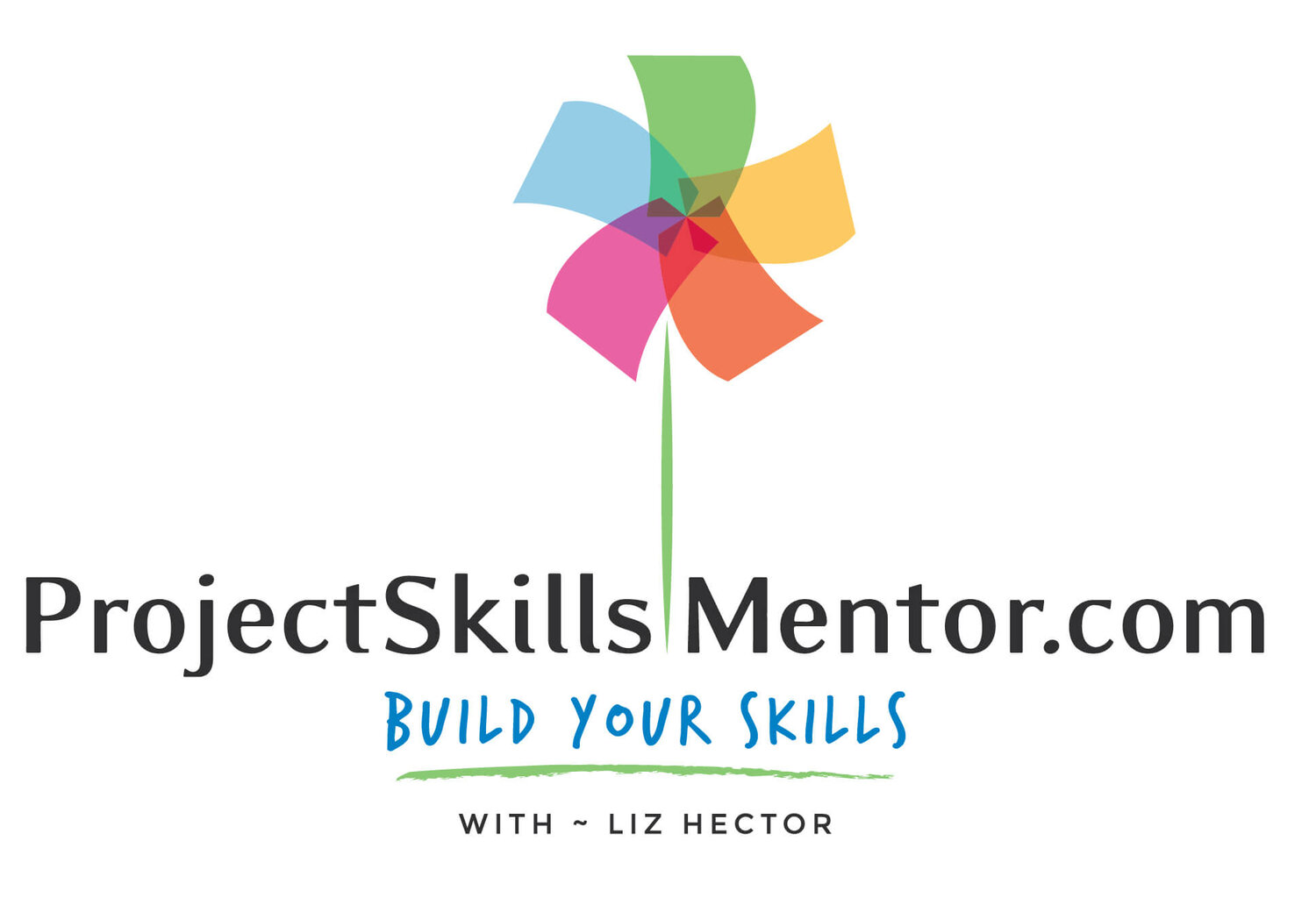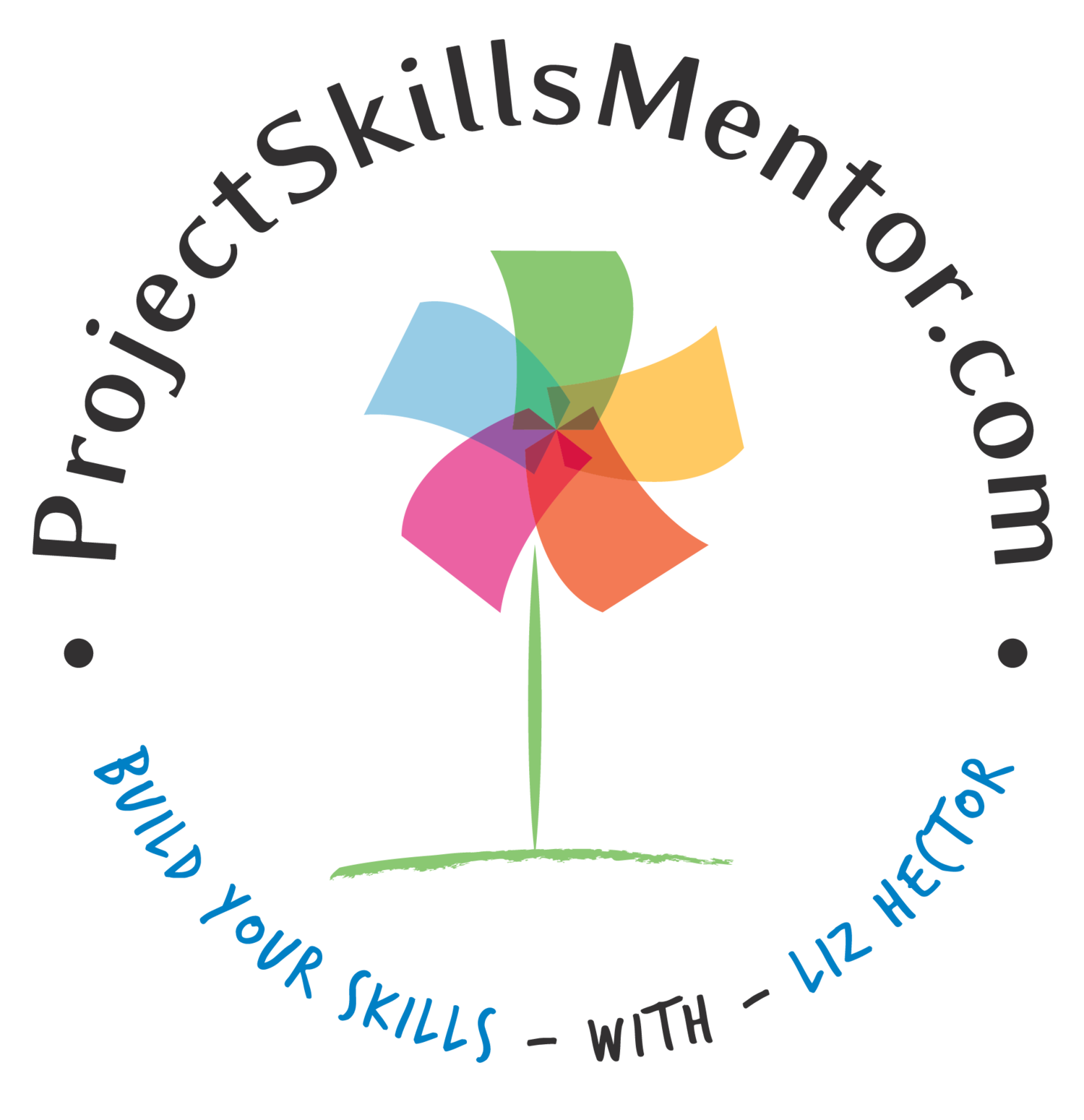Protect Your Solution Design with a User Group
A User's Group (sometimes called User Forum or User Community) is a team of power-users focusing on solution change control. Projects benefit from these oversight groups throughout the project lifecycle to ensure product solutions stay fit-for-purpose. This article will share how project managers or department heads can set up and support a User's Group. And how a User Group will protect the solution through the build, move to operations, and future upgrades.
How User's Groups Protect Your Project Solution
Encourages accountability
Aligns change requests to design
Avoids continuous rework
Provides solution lifecycle oversight
Projects that create solutions for internal users or customers have a challenge. Solutions are more complex than ever, but users demand high customization and flexibility. Adapting to users' needs is important for solution adoption. However, it can create a vicious cycle where change requests for one element impact multiple aspects of the solution. Such impact can stop a project by creating delays, cost overruns, or an unusable product.
So how do managers find the balance? Working with users is the answer.
How to Effectively Use Design by Committee
The words' design by committee' often strikes fear in a project manager and their team. Often, such designs can be overblown and unusable. But teams also know that Design Thinking and stakeholder workshops that include users are integral to creating the right solution. These workshops also have another purpose. They align the various viewpoints. Have you ever experienced a workshop where the stakeholders didn't have the same understanding of how things are today, let alone how they should be in the future? I have many times.
Working with the project team can help the users appreciate the impact of their decisions on the solution as a whole. This knowledge helps users understand the end-to-end solution better. They become true stakeholders once they take ownership of the solution and the value it will create. And they can be key to creating awareness and adoption with others.
But often, the 'design by committee' process ends after one workshop. The project team starts their build process, which can take a while, and the users are not involved again until testing. This model can leave an information gap. This leads to unhappy customers who are surprised by the solution and create a long list of design changes. These changes are not always reviewed for their impact on the end-to-end solution and may have unintended consequences in the final product. This can cause the project to face a growing bug list to resolve. The impact? Project Failure driven by scope creep, which creates time and cost overruns.
How can a manager avoid the pitfalls of 'design by committee' and benefit from the knowledge and insights of the solution users?
Create a User's Group as part of the project. Doing so allows managers to invest time in training a team of users so they can work with the project team to deliver the right results.
What are the Benefits of a User Group?
User Groups are easier to put together for internal work. In these cases, the users are employees of the company. For solutions involving customers, the User Group can consist of advisory customers but will need internal staff in the Group to act as their advocates. This ensures organizations have internal accountability and can handle the "back office" processes. Investing in a Users Group will realize many business benefits, including:
Enhanced User Understanding: By creating a User Group, project teams can gain a deeper understanding of the audience's behaviors, preferences, and pain points. This knowledge lets the team align solutions to the needs of their users. This creates a more personalized user experience.
Sustainable Solutions: The User Group is meant to last the solution's lifetime. This means the User Group starts at the project's design stage and continues after the solution goes live. They become the real solution experts in the end.
Improved Product Development: User groups provide valuable insights during product development. Organizations can obtain diverse perspectives, identify potential issues, and refine the solution to ensure it resonates with their target audience.
Effective Marketing Strategies: User Groups help you craft more targeted and effective marketing strategies. By knowing end-user characteristics, motivations, and challenges, you can tailor your messaging, channels, and promotions to reach and engage them effectively. The User Group members can also act as advocates for the solution.
Higher Customer Satisfaction: A user-centric approach helps you to deliver the right solution that fits the needs of the eco-system of users and integrates into the organizations existing ways of working. An integrated solution with the right training helps ensure everything runs smoothly on the go-live. Making the first interaction a good one for end users. This leads to increased customer satisfaction, loyalty, and positive word-of-mouth, driving business growth.
When to Create a User's Group?
Creating a Users Group can happen at any time. What is the right time for your project? It depends. If you are already working on a solution and find your users have extensive change requests or don't understand the end-to-end impact, then kick-off a Users Group no matter where you are in the process. Here are some specific points in the process when you may choose to initiate a Users Group.
Early Stage of Product Development: It's beneficial to create a User Group at the early stage of product development. By involving users from diverse backgrounds, you can gain insights that help shape the product or service before its launch. This way, you can align your development efforts with the needs and expectations of your target audience.
Significant User Base: When your user base grows significantly, creating one or more User Groups to understand better their varying needs and preferences becomes essential. This allows you to provide personalized experiences, refine your offerings, and retain existing customers while attracting new ones.
New Target Market: If you plan to enter a new market segment, creating a new User Group specific to that segment can help you understand their unique requirements. This enables you to adapt your products, marketing strategies, and customer support to cater to the new market.
How to Create a User's Group?
Are you ready to get started? Let's go through the process of getting started.
Define the Need: Know what kind of User Group you will need and how they will fit into the organizational or project governance model. Also, define who from the team or operations will support the Group with documentation and detailed information. Including an internal project team member in the User Group to provide context and answer questions acts as a bridge between the Group and the project subject matter experts.
Optimize the Membership: Reach out to your existing user base or conduct recruitment campaigns to find representatives for each user group. Ensure your user group members are diverse enough to capture each segment's breadth of experiences and perspectives. Start by identifying the different segments within your user base. Consider demographics, needs, behavior patterns, and preferences relevant to your project. You can link external users to internal staff who serve them from this. These two groups become part of the User Group and external advisory oversight.
Validation: Once you have defined potential User Group members confirm who has the time, capabilities, and interest in participating. Create a clear request with details of the commitment and its benefits to them as individuals and the organization. Finding the right people requires time. In addition to the time needed each month, define the period you ask them to serve. Because of the long-term nature of the work, User Groups need to have succession planning that allows for continuity of experience, knowledge, and skills.
Start your User Group Right: When creating a new Group, the goal is to create a diverse but cohesive team willing to learn the needed information and review detailed documentation before making decisions. Running a workshop as part of the Group launch will help to align the Group on their individual roles and the goals and scope of the work. And remember to provide motivation that will keep them engaged.
Provide the Right Framework and Processes: User Groups need clear and simple documents with enough detail to make good decisions. Task the team to prepare simplified systems and data maps, policies and procedures content, and visuals to show how the processes and the product (user interface) will look. Share how design decisions will be requested, documented, tracked, and implemented. See the Change and Decision Logs in my Project Managers Toolkit for more on tracking design decisions.
3 Things Every User Group Needs to Know
How the Group Works
Once you have your group selected, spend some time building the team. Review the User Group checklist and see How to Onboard a Team to help you run the launch meeting.
How the Solution Works
User’s Groups need to work with the team to understand, at a high level, the parts of the solution and how they align. This allows the User Group to appreciate the impact of changes and evaluate the value of requested changes.
How the Data ‘flows’
As a subset of the design is the data. Understanding the data sources and how that data is reused in the new solution is important to make sure it is use correctly. Reviewing the user interfaces and the relationships between data type, size and placement helps the user experience with the end solution.
User Group's also benefit from meta-design details, such as the Design Thinking documents and User Journeys. If you want to learn more about these, check out the article links or my video playlist.
Do you have experience with Users Group’s you want to share? Maybe you have a few questions? If so, please let me know in the comments below. Thank you.







